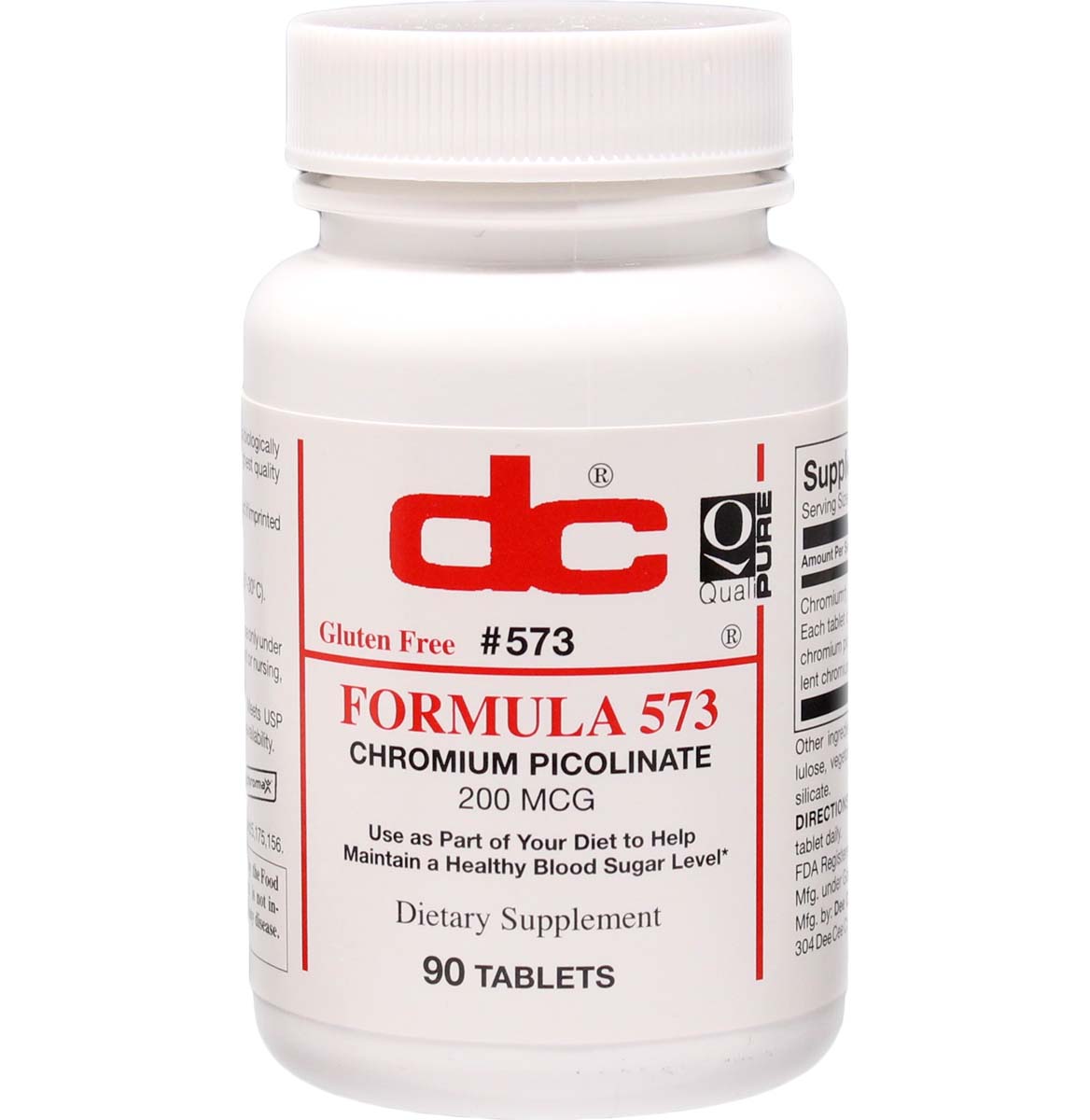

Through its interaction with insulin receptors, insulin provides cells with glucose for energy and helps maintain blood glucose within a narrow range of concentrations. Insulin binds to insulin receptors on the surface of cells, activating the receptors and stimulating glucose uptake by cells. Insulin is secreted by specialized cells in the pancreas in response to increased blood glucose levels, such as after a meal. Trivalent chromium has been proposed to be the cofactor for a biologically active molecule that could enhance the effects of insulin on target tissues. In the acidic environment of the stomach, hexavalent chromium can be readily reduced to trivalent chromium by reducing substances present in food, which limits the ingestion of hexavalent chromium (3-5).

Hexavalent chromium is highly toxic and is classified as a human carcinogen when inhaled (2). Hexavalent chromium is derived from trivalent chromium by heating at alkaline pH and is used as a source of chromium for industrial purposes. Another common and stable form of chromium in the environment is hexavalent chromium (Cr 6+). The essentiality of trivalent chromium is questioned, and its presumed function in the body remains poorly understood. The most stable oxidation state of chromium in biological systems is trivalent chromium (Cr 3+), which forms relatively inert complexes with proteins and nucleic acids (1). (More information)Ĭhromium was first discovered in 1797. (More information)įew adverse events have been reported with chromium supplementation. (More information)Ī well-balanced diet that includes fruit, vegetables, meat, fish, and grains should easily cover dietary needs of chromium.
When to take chromium picolinate professional#
Healthcare Professional Continuing EducationĬhromium (Cr 0) is an ubiquitous trace metal.Chlorophyll and Metallo-Chlorophyll Derivatives.


 0 kommentar(er)
0 kommentar(er)
